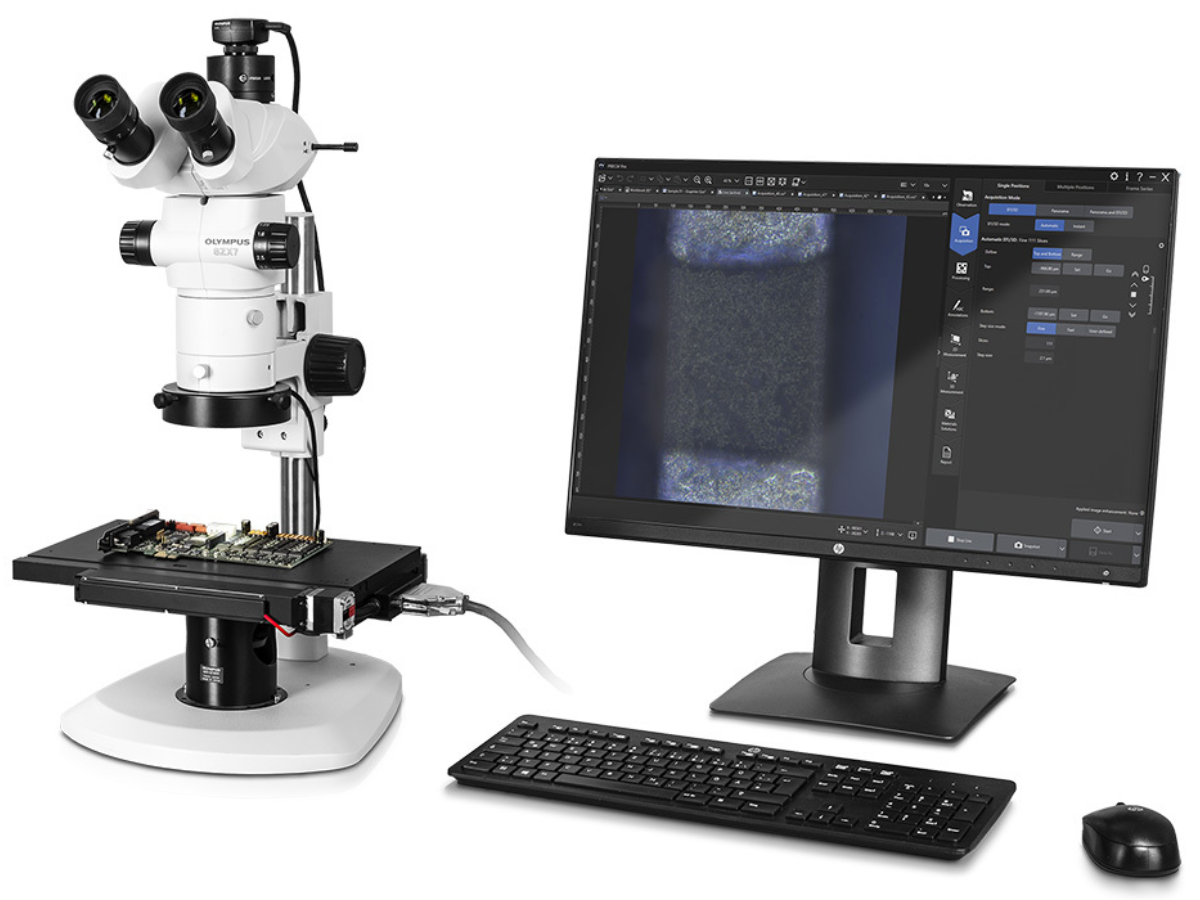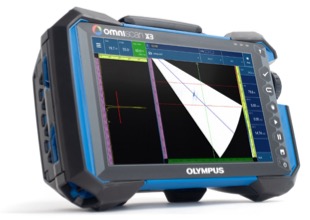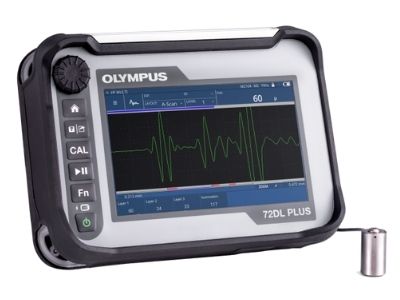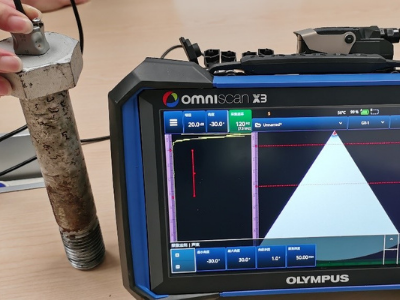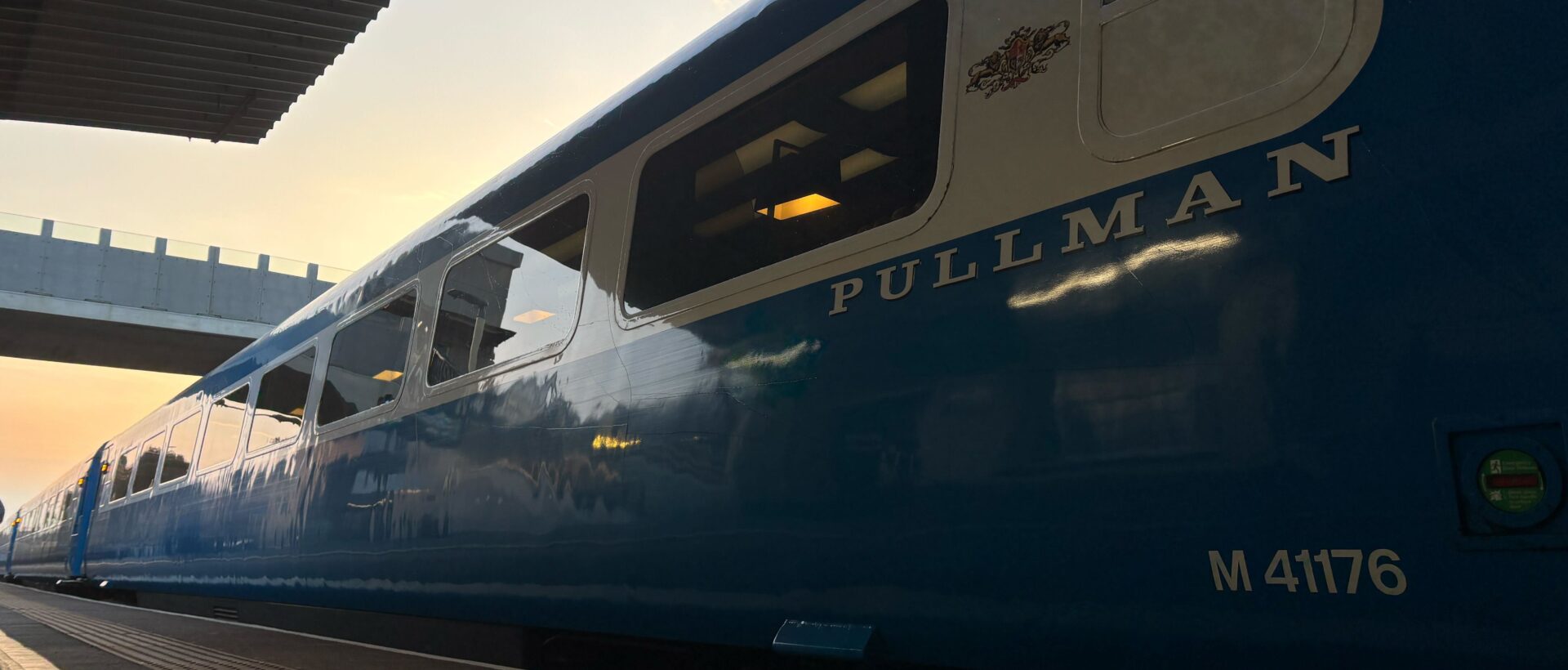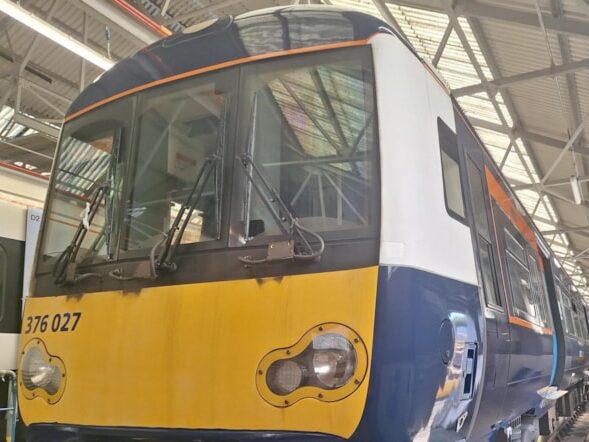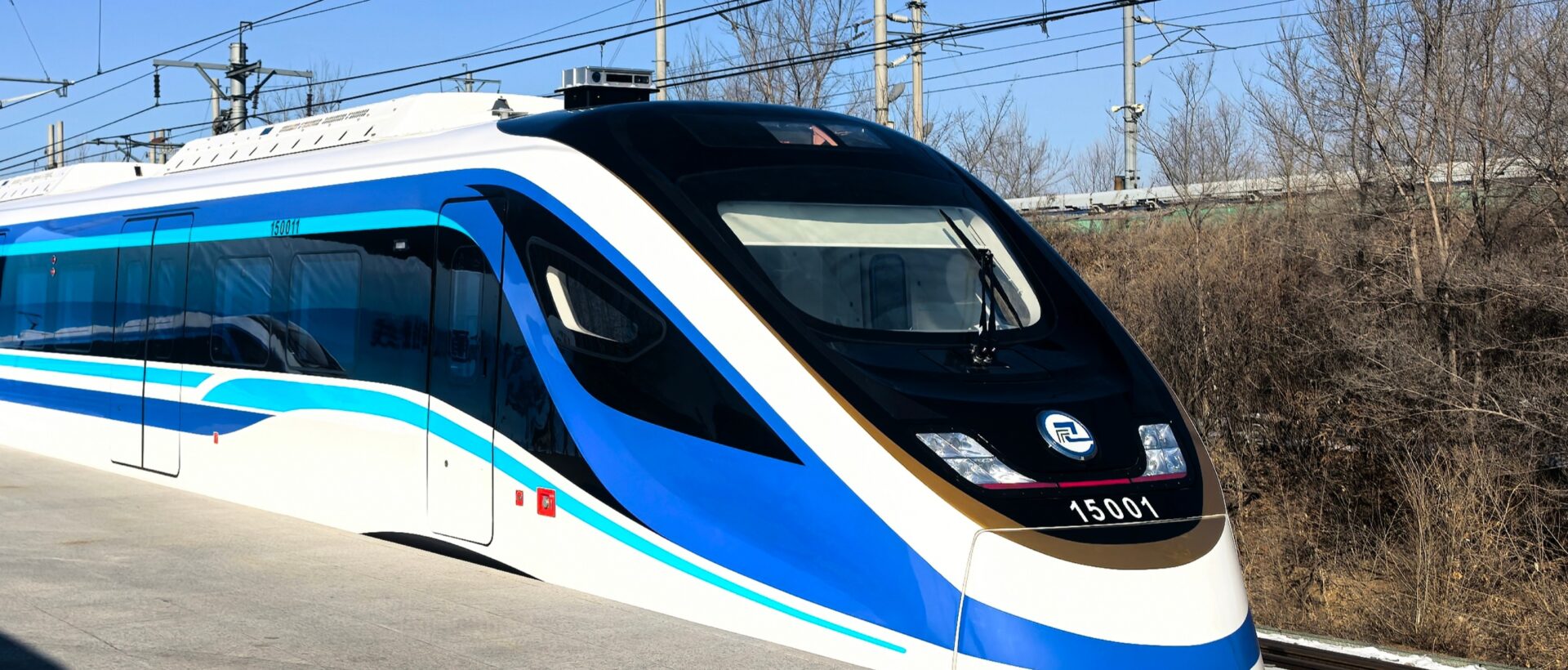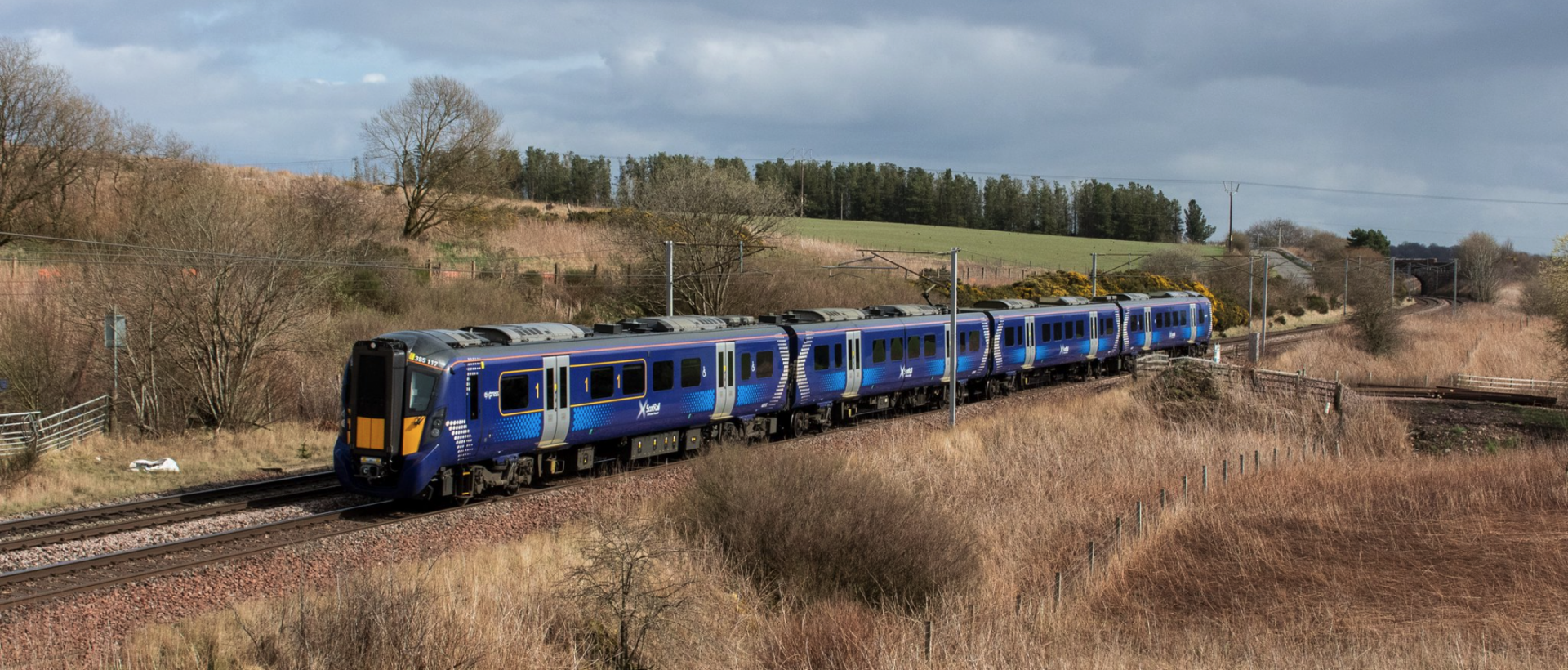Rail axles are among the most highly stressed components in railway vehicles, engineered to withstand millions of load cycles under extreme forces.
Despite precision manufacturing processes, imperfections can still occur from forging, machining and heat treatment, making rigorous inspections essential before axles enter service.
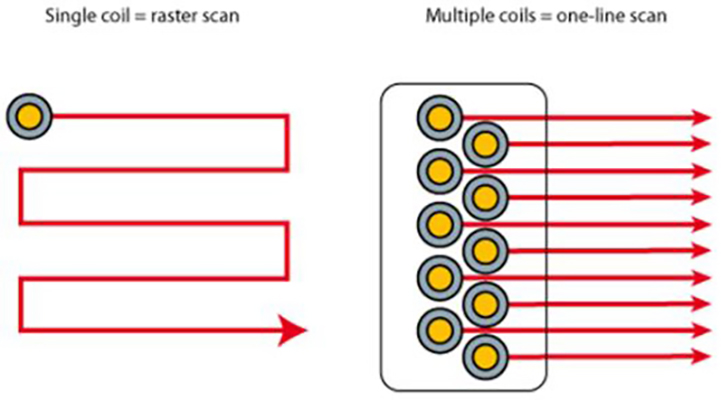
Historically, magnetic particle inspection (MPI) has been the primary method for detecting surface-breaking flaws. However, its reliance on subjective interpretation, lack of measurable and storable data, and extensive processing time present significant drawbacks. MPI is a hit-or-miss method, meaning defects are either detected or missed, with no precise flaw depth sizing or digital records. This makes it difficult to assess defect severity or ensure long-term traceability.
As axle quality standards evolve, eddy current array (ECA) technology is emerging as a valuable alternative. By providing real-time digital imaging, automated defect sizing and faster, more repeatable inspections, ECA technology eliminates many of MPI’s inefficiencies while substantially improving flaw detection confidence and operational efficiency.
The Evolution of ECA Technology
Although eddy current testing (ECT) is no new technology – having long been used to detect surface and near-surface flaws in conductive materials – traditional single-coil eddy current probes bring inherent limitations in coverage and resolution. The development of eddy current array (ECA) technology however, has significantly enhanced the capabilities of ECT, unlocking new potential for flaw detection applications, including rail axle inspections.
ECA technology leverages multiplexed eddy current coils arranged in a probe, increasing coverage, channel resolution and coil sensitivity, allowing for:
- Wider coverage in a single scan, reducing inspection time
- Improved flaw detection through optimised coil configurations
- High-resolution imaging, providing detailed defect characterisation
- Digital data collection, enabling full traceability for compliance and quality assurance
These capabilities make ECA an ideal solution for post-manufacturing axle inspections, allowing manufacturers to systematically assess critical stress locations, including wheel seats, dust guards and transition radii, before axles enter service.
Expanding the Capabilities of ECA for Rail Axle Inspections
Recognising the value of ECA technology, and the need for optimised solutions tailored to complex axle geometries, Evident Scientific has expanded its eddy current technology capabilities by developing custom-engineered ECA probes and specialised probe holders tailored to rail axle inspections. These solutions address the unique challenges of inspecting both flat axle sections and transition radii, which are critical stress zones where defects are most likely to develop.
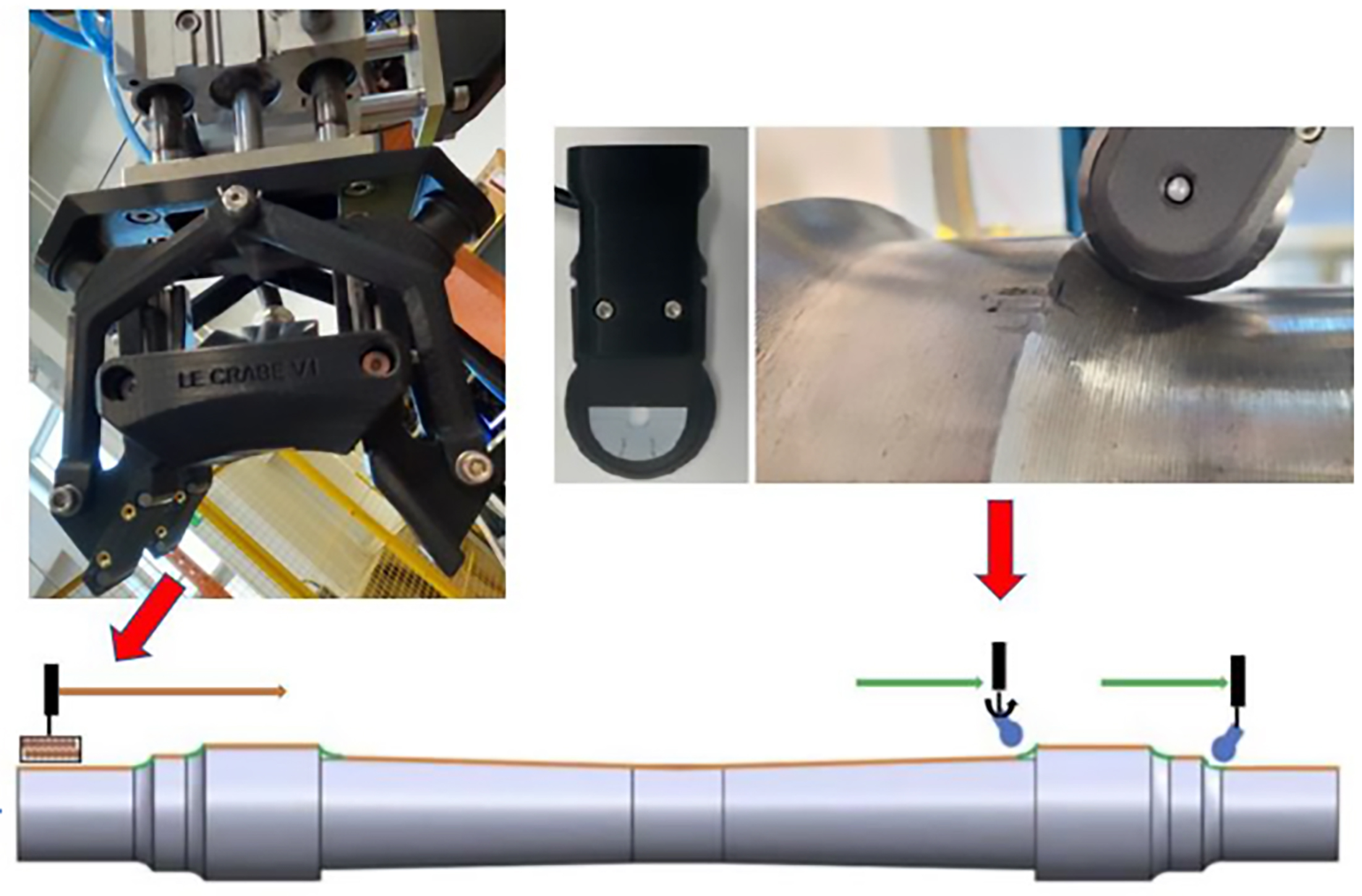
The flat section ECA probe is specifically designed to scan the top generatrix of the axle, covering critical areas such as wheel seats, journal surfaces, dust guard regions and the axle body. To ensure precise and stable positioning, a custom probe holder was also developed to maintain consistent contact with the axle surface, adapt to different axle diameters and ensure seamless transitions between sections. This alignment enhances scanning accuracy and improves defect detection.
The transition radii ECA probe overcomes the limitations of conventional testing methods, which often struggle to detect flaws in axle fillets and curved sections due to inconsistent probe contact and signal variations. Featuring a circular multi-coil array with a 25mm radius, this probe can scan transition radii of ≥25mm without the need for repositioning.
The flexible sensor design ensures uniform sensitivity across curved surfaces, eliminating signal dropouts that rigid probes typically experience. Additionally, a rotating housing enables smooth, controlled scanning along transition fillets, maintaining consistent contact and significantly improving flaw detection accuracy.
These custom-engineered ECA probes and holders, when paired with an advanced ECA testing platform like the Evident QuickScan iX ECA, enable advanced signal processing and high-speed data acquisition, delivering exceptional performance in rail axle flaw detection.
Redefining Rail Axle Quality Standards
The advancement of ECA technology presents a significant opportunity to elevate rail axle inspection standards. Providing greater coverage, higher resolution, data storage and quantifiable defect data, ECA enables high-speed, robust evaluations, offering a more efficient and reliable alternative to conventional MPI methods.
Raising the bar in axle inspections, Evident is helping the rail industry leverage the potential of ECA technology, with specialised ECA probes and holders tailored for axle geometries. As axle manufacturing evolves, so must inspection technologies. By embracing ECA, the rail industry can improve quality control, reduce inspection times and enhance the long-term reliability of its rolling stock.
This article first appeared in the Railway-News Magazine Issue 1 2025. Download the full PDF version here.




